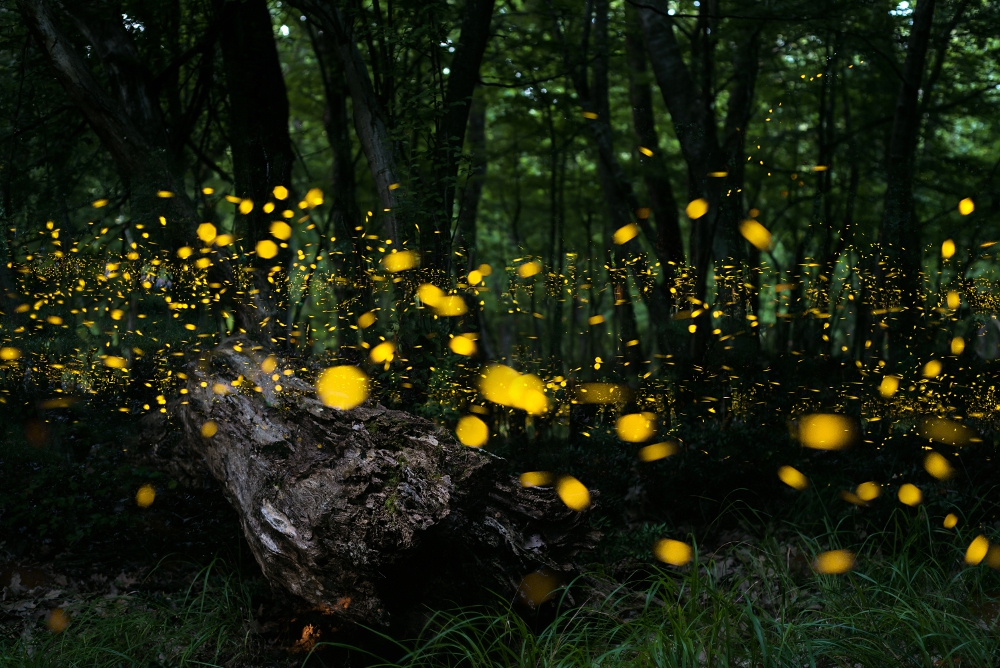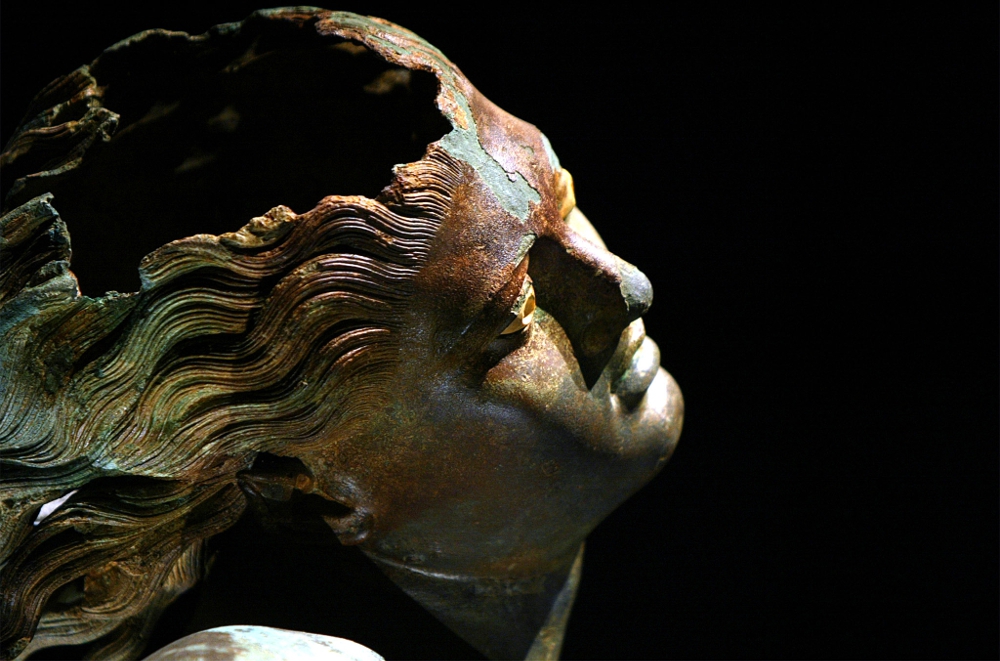
BEAUTY, CURIOSITY, HARMONY AND ESPECIALLY REBIRTH : THESE
CONCEPTS INSPIRE OUR MAGAZINE, SHARING SPECIAL MOMENTS
AND CARVING OUT A NICHE FOR YOURSELF.
GO TO YOUFIRST.EU AND BUY OUR PRODUCTS
TALES IN MILAN
#3 "LA LUSIROEULA"

The traditional night visit to Parco delle Cave is back again this year, a moment where it is possible to watch the fireflies doing their “Bridal Dance.” The“Dance of Fireflies” (in Milan’s dialect it is called Lusiroeula) is a unique show, a very exciting play of light that only nature can give us. A moment of pure magic, away to remind us how lucky we are to share universal beauty. Let us be pervaded by the wonder of this time of year - the fireflies can be seen from early May until mid-June - and enjoy the twinkling of fireflies in love. This is pure Rebirth too.
Parco delle Cave,Milan
May 20th and27th, June 3rd and 10th
Free entrance – Click here for further information
STORIES OF REBIRTH
#3 Paolo Barozzi, PEGGY GUGGENHEIM

Over many decades, many stories and legends have flourished on Peggy Guggenheim and all of them have helped to strengthen the myth of an eccentric and avant-garde lady, a woman of unabashed manners.
However, few evidences offer us an affectionate and nostalgic portrait of the famous American collector like the one written by Paolo Barozzi, a sincere friend and confidant. First of all, he celebrates Peggy’s love for Venice, which is the real muse of the famous collection of the greatest work of art of the last century. It is in this city, in Palazzo Venier dei Leoni, that the vulnerability and romance of a woman perpetually in search of talent and passion is revealed, a woman who lives with the constant remorse of not having family attitude and who feels alive only among her friends,mainly artists. Thanks to the author, we learn as well to see in her that fragilehumanity that unites us all and that goes beyond the ostentatious appearances of an eternal high-class bohemian.
“… Because Peggy Guggenheim, the real one, the one that she never revealed, perhaps not even to herself, because of hershyness, was a single woman despite countless flirts; a hopelessly romantic woman… in the end she was very vulnerable and puritan, who defended herself fromthe brutality of life adopting unscrupulous attitudes and sometimes even resorting to alcohol … ”
Paolo Barozzi, Peggy Guggenheim –A woman, a collection, Venice
Campanotto Rifili Editore
ALCHEMY OF REBIRTH
#2 OUR ACTIVE INGREDIENT: THE HELICHRYSUM ITALICUM

People may know the antiseptic, decongestantand anti-oxidant properties of the Helichrysum Italicum, the “golden sun” of the Mediterranean Sea; but perhaps not everyone knows that …
In mythology, Elicrisa is the nymph who gave her name to the Helichrysum, because it was the first to pick it up. According to the legend, the plant of Helichrysum comes from a beautiful nymph with golden hair, who loved a God but wasn’t loved in return. When she died, she was transformed into this flower from the other merciful gods.
An ancient proverb says: “Who is adorned with Helichrysum is filled with luck”. A lucky charm, therefore, useful to propitiate love meetings. A bunch of Helichrysum, let dry all year and then burnt on the night of St. John, would allow to conquer the loved one. This plant is very linked to the “fire ritual” of St. John festivities. In some places in Sardinia, on the morning of the feast of St. John, people used to wash their hands with the water that was prepared on night before soaking an odd number of bunches of this plant.
How much magic in this gift of the Mediterranean. How much Rebirth, in one little flower!
SELF MOMENTS
#2 THE DANCING SATYR OF MAZARA DEL VALLO

A masterpiece of Art, a story of Rebirth…directly from the depth of the Mediterranean Sea!
The Dancing Satyr of Mazara del Vallo emerges in all its glory after 2300 years spent on the sandy sea floor at a depth of 500 m (1600 ft.) off the southwestern coast of Sicily. Randomly retrieved by a fishing boat in 1998,the sculpture went under a long period of restoration, completed with its exhibition in Montecitorio in 2003. Since then the statue was presented through a world tour from USA to Japan.
The Dancing Satyr is a Greek bronze statue, said it was an original work by Praxiteles or a faithful copy, representing a satyr:a mythological being part of the raucous entourage of the Greek god Dionysus. The satyr appears to be leaping forward in an ecstatic dance, strongly flexedon the right hip and with his right leg raised backwards. This posture suggests that the statue was part of a complex of sculptures, representing the entourage of Dionysus. The position of the boy, his wild-eyed gaze and the perceived movement make an almost hypnotic composition…
The sculpture is is on permanent display in the namesake Museum in Mazara del Vallo, Sicily, and - though it is not easy to reach – it is wellworth a trip.

